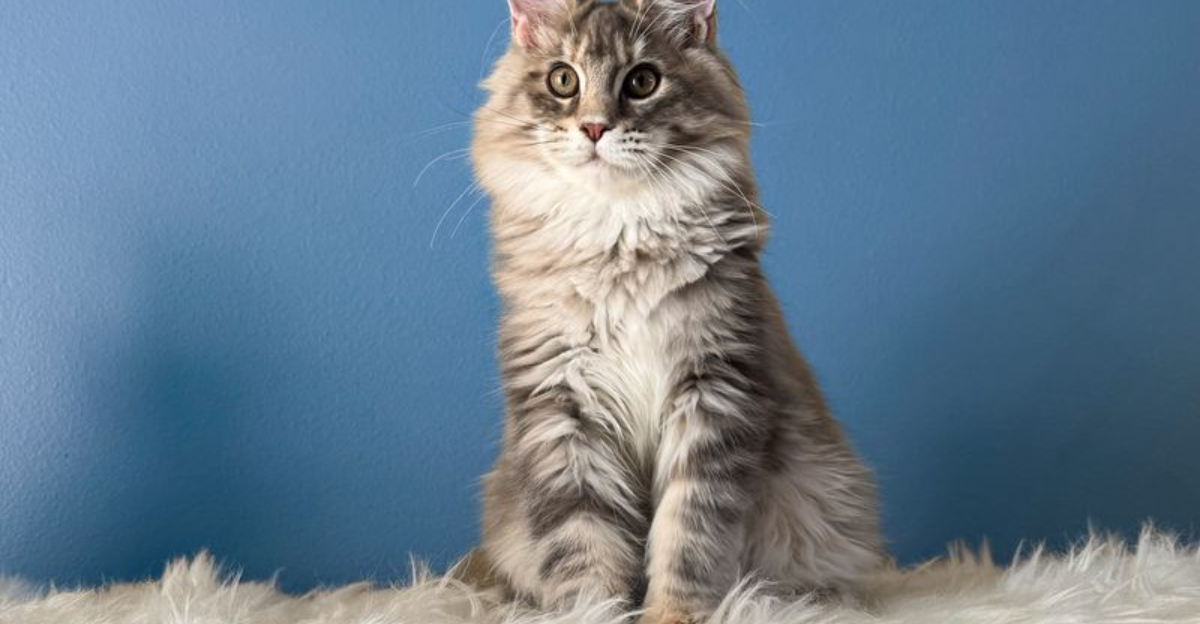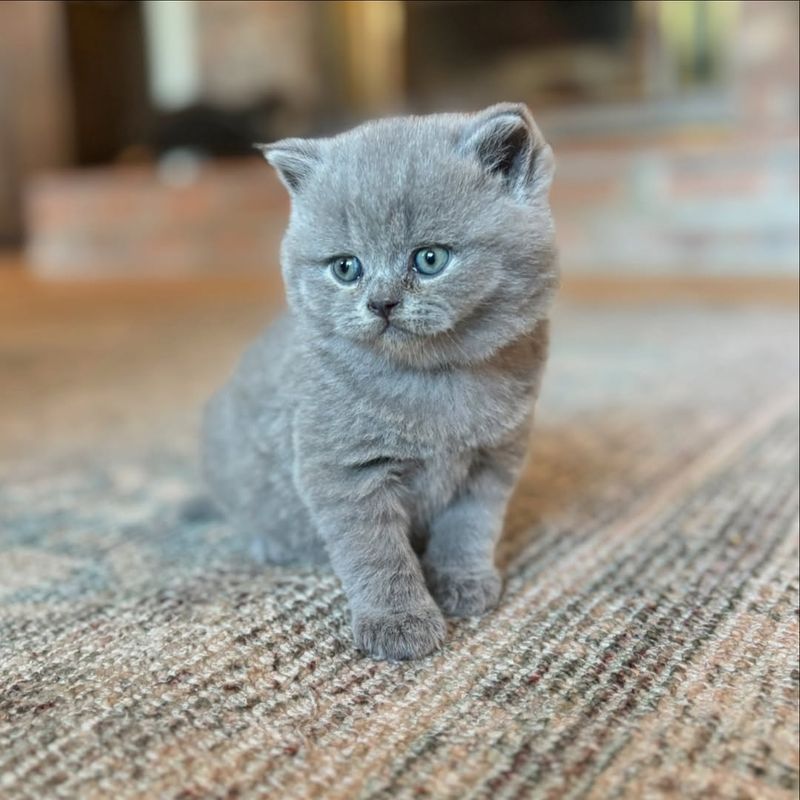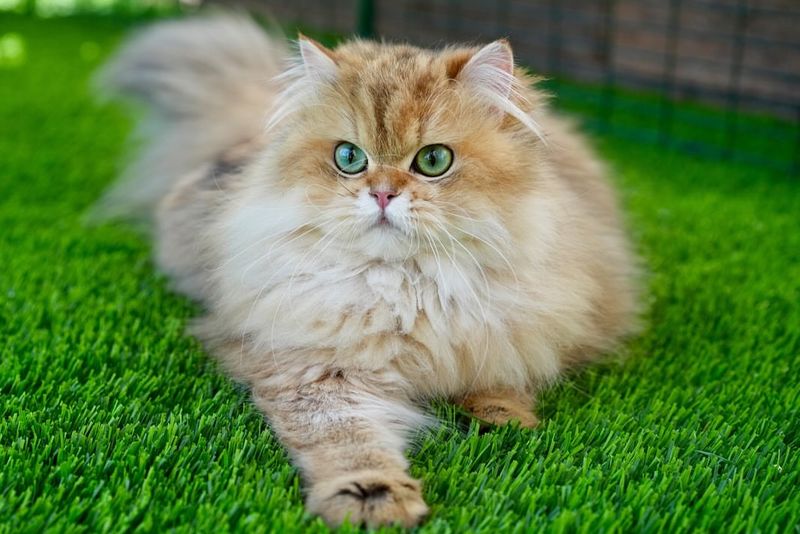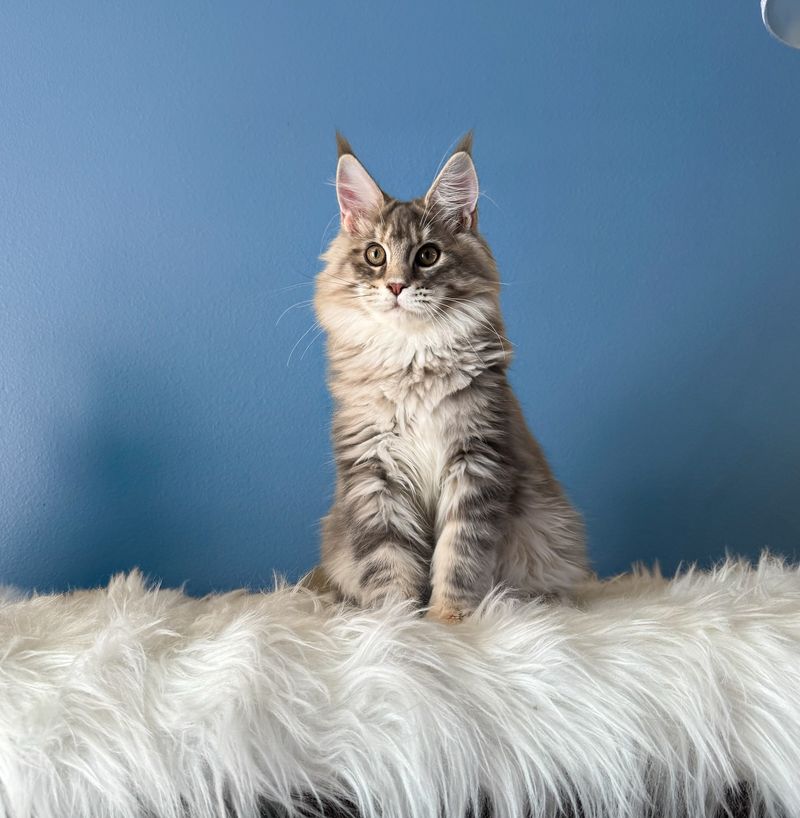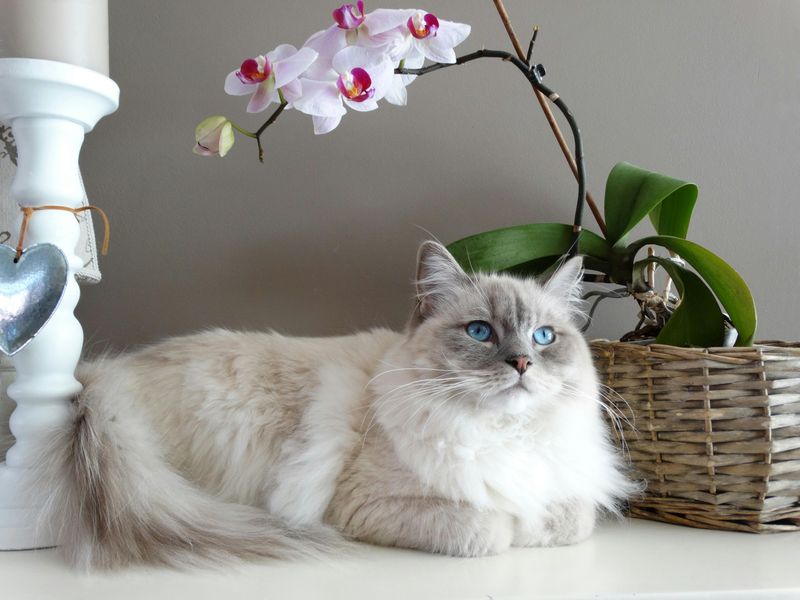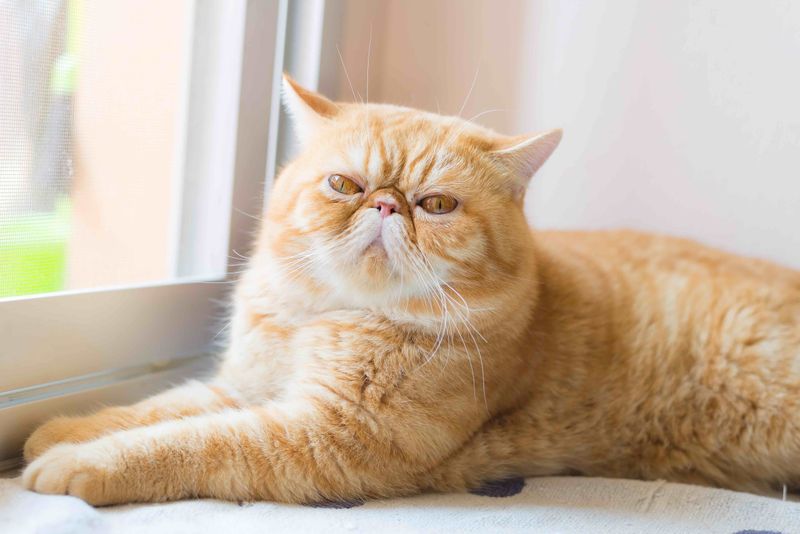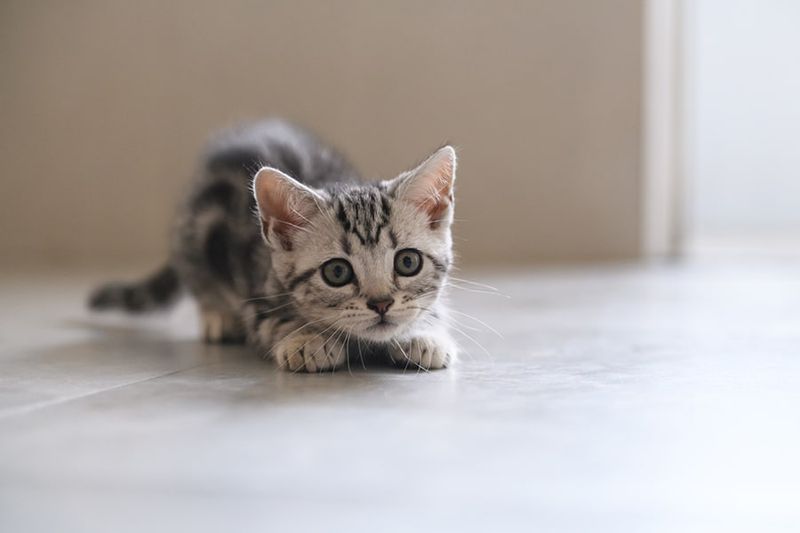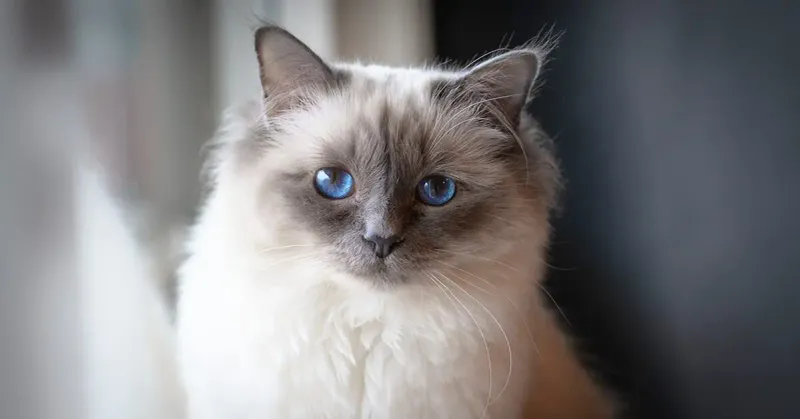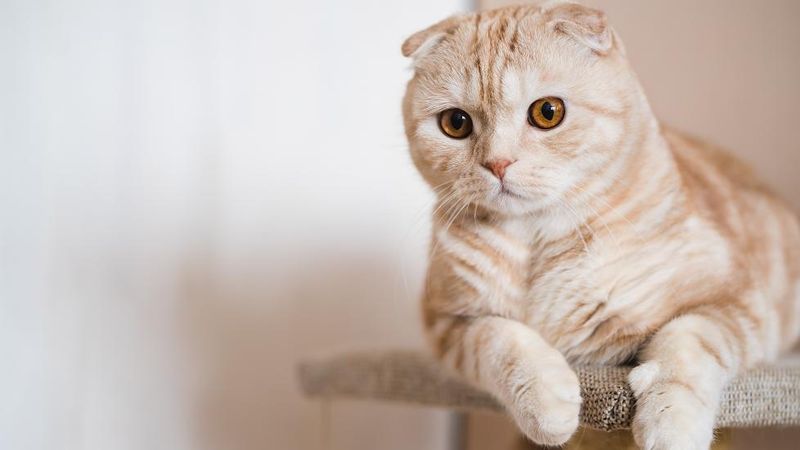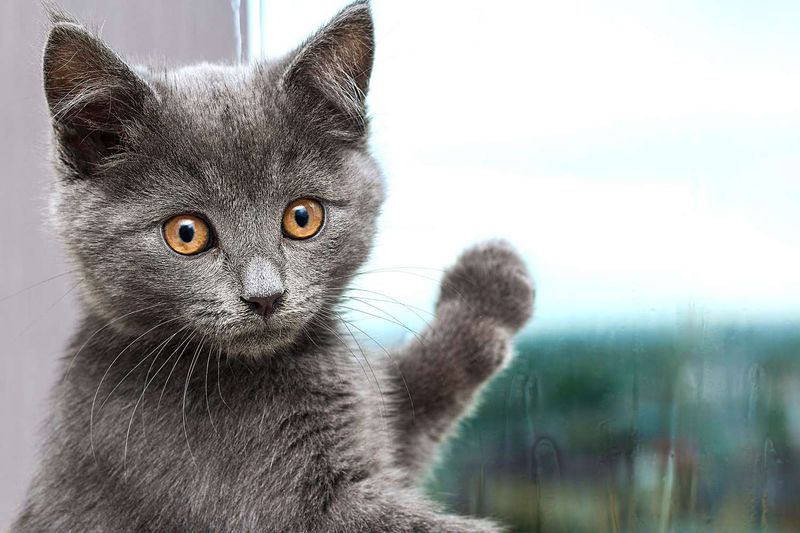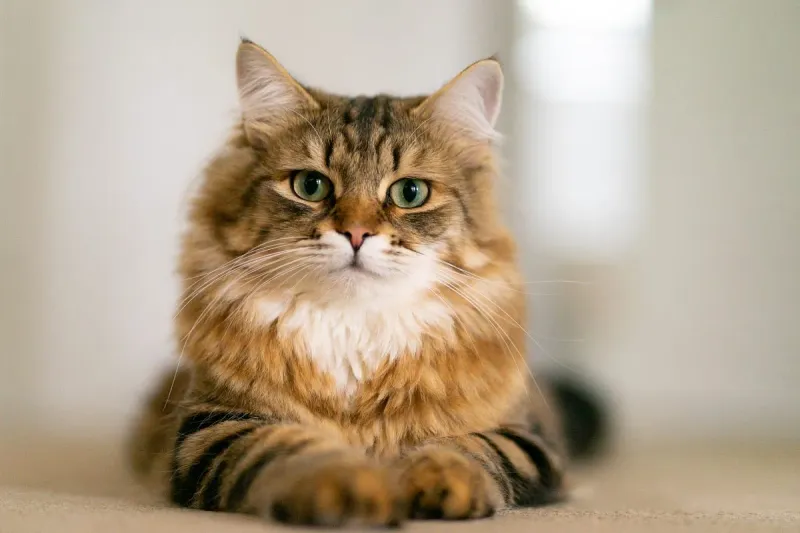📖 Table of Content:
Some feline friends are just built for snacking — and snacking hard. While all cats can gain weight if overfed, certain breeds are naturally predisposed to packing on the pounds faster than you can say “crunchy kibble.” These fluffballs may look like living, breathing throw pillows, but behind the cute exterior is a deep, unwavering commitment… to food.
We’re talking about the true Kibble Connoisseurs — the cats who approach mealtime like a five-course tasting menu. Whether they’re flopping by their bowl at 3 a.m. or giving you the slow-blink guilt stare during dinner, these breeds know how to get what they want. Unfortunately, that love for food often leads to extra fluff (and not the good kind), which can cause health problems if left unchecked. But hey, when your cat looks like a loaf of bread, it’s hard not to give in to the adorableness.
So before you refill that food bowl for the fifth time today, take a look at these 10 charming, chubby-prone cat breeds. From couch-loving Persians to snack-happy Ragdolls, these felines are as food-focused as they are floofy. Just remember: portion control and regular playtime are key — even if they’d rather be professional nappers than amateur athletes.
1. British Shorthair
With their plush, teddy bear appearance, British Shorthairs are a picture of feline serenity. Rarely in a rush, they prefer lounging like royalty over chasing laser dots. These cats are low-energy by nature, which means their calorie burn is minimal. Toss in a love for food, and you’ve got a recipe for roundness. Owners often describe them as chill, cuddly companions — and expert guilt-trippers at mealtime. If left unchecked, their hefty frames can balloon into full-blown chonkiness. Weight management for this breed often involves a firm “no” and a toy they’ll probably ignore.
2. Persian
Few cats can match the Persian’s level of elegance — or stubborn refusal to exercise. Draped in silky coats and fueled by an appetite for indulgence, these felines love living the lounge life. Their thick fur can hide a growing belly, making it tricky to catch weight gain early. When a Persian wants food, they’ll stare you down like royalty awaiting their feast. Being one of the oldest and most pampered breeds, they expect a buffet, not just a bowl. Portion control is crucial here, or you might end up with a furry ottoman. Grooming them feels like spa day; feeding them feels like a trap.
3. Maine Coon
Towering over most other breeds, Maine Coons are already large by design — but don’t let that fool you into overfeeding. Naturally friendly and affectionate, they know how to work a room (and a food bowl). These cats love kibble with the same intensity they love napping on your laptop. It’s easy to miss the creeping weight gain because “big” is just their thing. But even gentle giants have a limit, and excess pounds can strain their joints. A little daily play goes a long way for this fluffy freight train. Keep an eye on portions unless you want a cat who doubles as a weighted blanket.
4. Ragdoll
Soft as a cloud and twice as floppy, Ragdolls are the ultimate lap loungers. They get their name from their tendency to go limp when picked up, which is adorable — and very convenient when sneaking in treats. Unlike more active breeds, Ragdolls won’t burn off that extra scoop of kibble with a sprint around the house. They love attention but aren’t likely to chase it. Their calm, affectionate nature makes them beloved pets, but also prime candidates for overfeeding. Owners often underestimate how little food these sweet giants actually need. Keep them trim, or your lap cat will become a lap crush.
5. Exotic Shorthair
Imagine a Persian who swapped the runway for pajamas, and you’ve got the Exotic Shorthair. They’re mellow, affectionate, and extremely snack-motivated. The combination of big eyes, a round face, and a tiny nose gives them an eternally hungry expression. Even when they’re full, they look like they need a snack — and owners often fall for it. While their short coat is easier to manage, it does little to hide the creeping pudge. Exercise isn’t really their vibe, so diet is everything. Without portion control, these cuddly loaves become downright spherical.
6. American Shorthair
Known for their robust health and easygoing personalities, American Shorthairs are the “all-purpose” pet. They adapt well to any household and are just as happy chilling on the couch as they are playing… occasionally. Unfortunately, this flexibility extends to mealtimes — they’ll eat when food is available, whether they’re hungry or not. Their stocky build hides weight gain until it’s suddenly obvious. Owners often assume their thick bodies are muscle, but that belly jiggle tells a different story. A structured feeding routine is key to keeping these cats at a healthy size. Left to their own devices, they’ll quietly become chunky little couch potatoes.
7. Birman
These blue-eyed beauties have a gentle soul and a sweet tooth for kibble. They adore companionship and are often found shadowing their humans — especially if snacks are involved. Despite their angelic looks, Birmans are sneakily persistent when it comes to begging. Their medium-length coat can disguise growing curves, so regular weigh-ins are a good idea. They’re not the most active breed, but they enjoy interactive play when it feels social. A balance of love and limits keeps these butter-soft felines from tipping the scale. Just don’t fall for their wide-eyed, “I’m starving” routine — it’s award-winning.
8. Scottish Fold
It’s those folded ears and round eyes that make the Scottish Fold utterly irresistible — and they know it. These cats often use their charm to negotiate extra treats, and it works a little too well. Their chill, quiet demeanor hides an intense love for food. While they may follow you into the kitchen like a curious toddler, it’s never about curiosity — it’s about kibble. Their stout little bodies aren’t built for marathons, so portion control is essential. Even a little extra weight can affect their joints, which are already a point of concern in this breed. Treat them with love, but not too many treats.
9. Chartreux
This French feline is all class — and all about the snacks. Known for their dense blue-gray coats and quiet affection, Chartreux are calm, observant, and deeply food-focused. They don’t meow often, but their eyes speak volumes at dinner time. Their sturdy frame can carry a lot of weight before it’s noticed, making regular vet checks a must. Despite their dignified vibe, they’re not above begging shamelessly for food. You’ll need to be the adult in the room when it comes to feeding. Otherwise, that “solid build” turns into a walking, purring cannonball.
10. Siberian
Built to brave the cold, Siberians come with luxurious coats and a big appetite to match. While they are more athletic than other chonk-prone breeds, their love for food still puts them at risk. These cats are agile and playful — when they’re not raiding the kibble bowl. Their bodies are built for winter survival, but indoor life doesn’t require all that insulation. It’s easy to overfeed them, especially when their big, fluffy frame hides the gain. Make sure they stay active and mentally stimulated to prevent boredom snacking. A healthy Siberian is majestic; an overfed one is just majestic… and wheezy.
